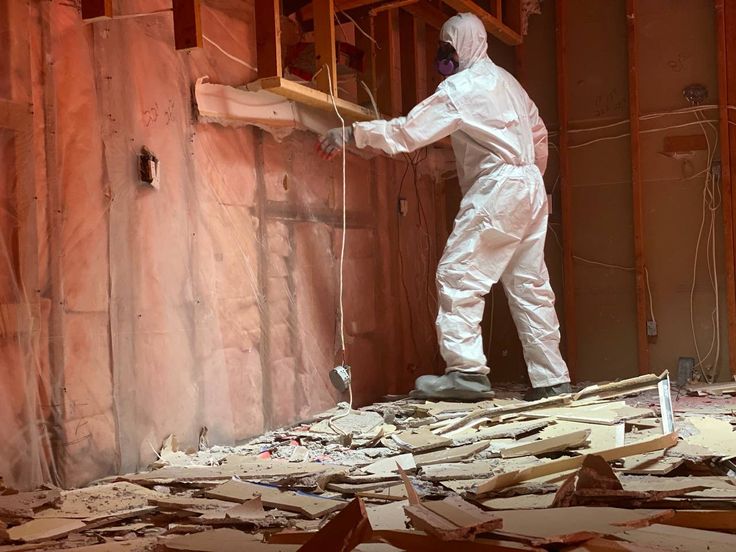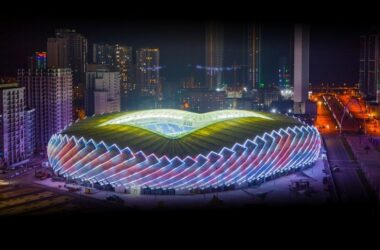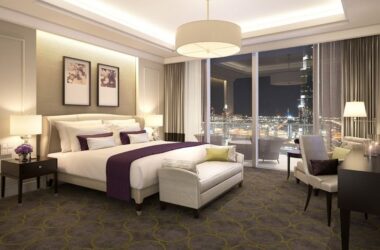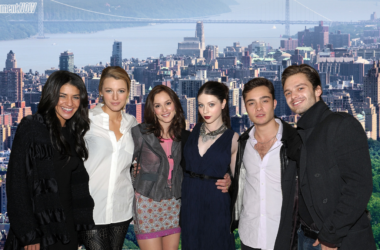[ad_1]
On Wednesday night, two sturdy bouncers framed an unmarked doorway between a pizzeria and a vape shop on West 57th Street. Those granted entry descended a narrow staircase to the door of Silencio New York, where a new offshoot of the swank Parisian nightclub was hosting its inaugural party.
The Silencio on rue Montmartre has attracted a cross-section of Paris’s fashion, art and music scenes since it opened in 2011, with the involvement of the filmmaker David Lynch. (Its name references the eerie theater in Mr. Lynch’s 2001 movie “Mulholland Drive.”)
Although its new location near Columbus Circle is not slated to officially open until later this month, it opened its doors early for a celebration for “Giants: Art from the Dean Collection of Swizz Beatz and Alicia Keys,” the power couple’s exhibition highlighting Black art stars that opens at the Brooklyn Museum on Saturday.
Close to 9 p.m., rushed preparations were still underway. Bartenders were assembling bouquets of roses, and a staff member on a ladder was mounting a sheer red curtain next to the D.J. booth. A few hours later, the room was crowded with guests including Kehinde Wiley, the painter whose work is central to the “Giants” exhibition; Max Hollein, the director and chief of the Metropolitan Museum of Art; Joan Smalls, the model; and Marc Spiegler, the former global director of Art Basel.
Kasseem Dean, the producer and D.J. known as Swizz Beatz, arrived just after midnight and distributed varsity jackets that read “Dean Collection” to the artists whose work had been included in the exhibition. He greeted the artist Mickalene Thomas and the painter Amy Sherald, who slipped on a jacket with the words “collect,” “protect” and “respect” embroidered over the pocket.
Mr. Dean, 45, said he had always enjoyed visiting Silencio in Paris, often with the South African D.J. Black Coffee. “It’s always a good vibe,” he said, and one that he was happy to import to his hometown: “To have this open up, and for us to bless it, is a blessing.”
He swapped his clear-framed glasses for sunglasses to venture behind the D.J. booth, where he gave Ms. Smalls a hug.
The 300-person club is cushy, with thick maroon carpets lining the floors and soft, red-velvet wallpaper. Alcoves with plush gold benches house the D.J. booth and a row of small circular tables. Rujeko Hockley, an associate curator of the Whitney Museum, huddled around one with the artists Derrick Adams and Kennedy Yanko.
Guests wore mesh ballet flats and carried miniature Lucite handbags as they attempted to exchange Instagram handles — with little luck, as service in the subterranean club was spotty. In line for tequila cocktails at the bar, they talked about which parties they would (and wouldn’t) be attending during the upcoming New York Fashion Week.
Tripoli Patterson, 39, an art dealer and the owner of Tripoli Gallery in the Hamptons, surveyed the clientele. “I met two models, and then saw two people I know from the art world,” he said. He added that he hoped the space would help make the art scene in New York more inclusive.
D.J. sets packed with contemporary hits by Beyoncé and Frank Ocean gave way to 1990s tracks by DMX and Cam’ron as the night wore on. Although Ms. Keys, the Grammy Award-winning singer, did not attend, those on the dance floor swayed to her 2003 song “You Don’t Know My Name.”
Weaving quietly through the crowd was Arnaud Frisch, a founder of Silencio and its chief executive. Silencio has already spun off additional locations in Paris and Ibiza, and experimented with an American pop-up at Art Basel in Miami Beach in 2014. Access to the clubs’ film screenings, concerts and other events is limited to members, who pay 1,200 euros ($1,290) annually.
Mr. Frisch said he had long seen New York as a logical next step because of how frequently the city hosts cultural events that attract members of the art and fashion worlds. He enlisted the architect and designer Harry Nuriev and the mixologist Remy Savage to create a Silencio that did not simply copy-and-paste the Parisian formula.
By 1 a.m., a can of Red Bull lay empty on the carpet. The air was hazy with smoke, although, a few guests noted, less so than is typical at the Paris nightclub.
“We’re trying to do something different,” Mr. Frisch, 49, said. “I’m not trying to bring a French design of something. I think when you’re in New York, you’re happy to be in the New York vibe.”
[ad_2]
Source link










